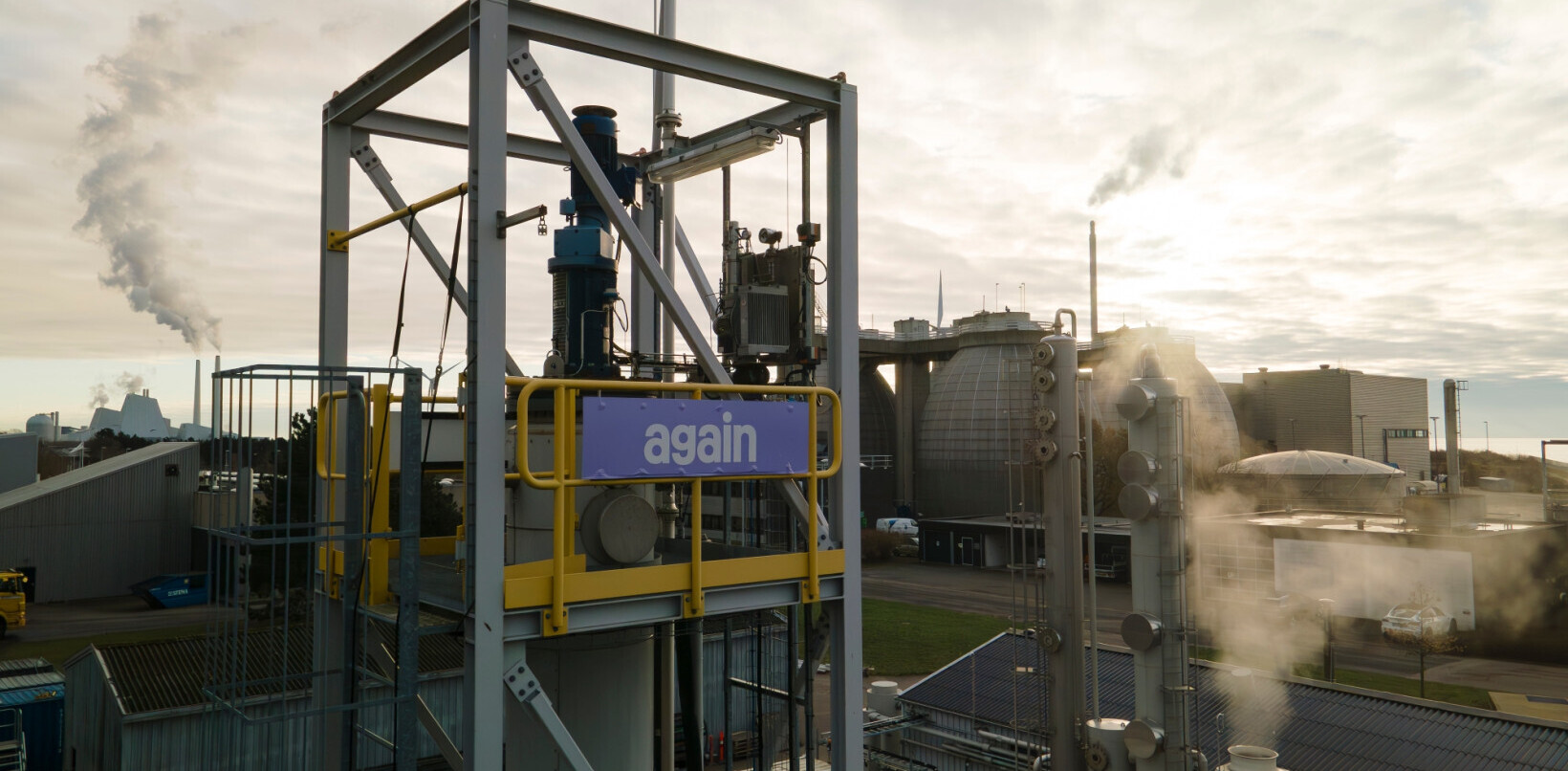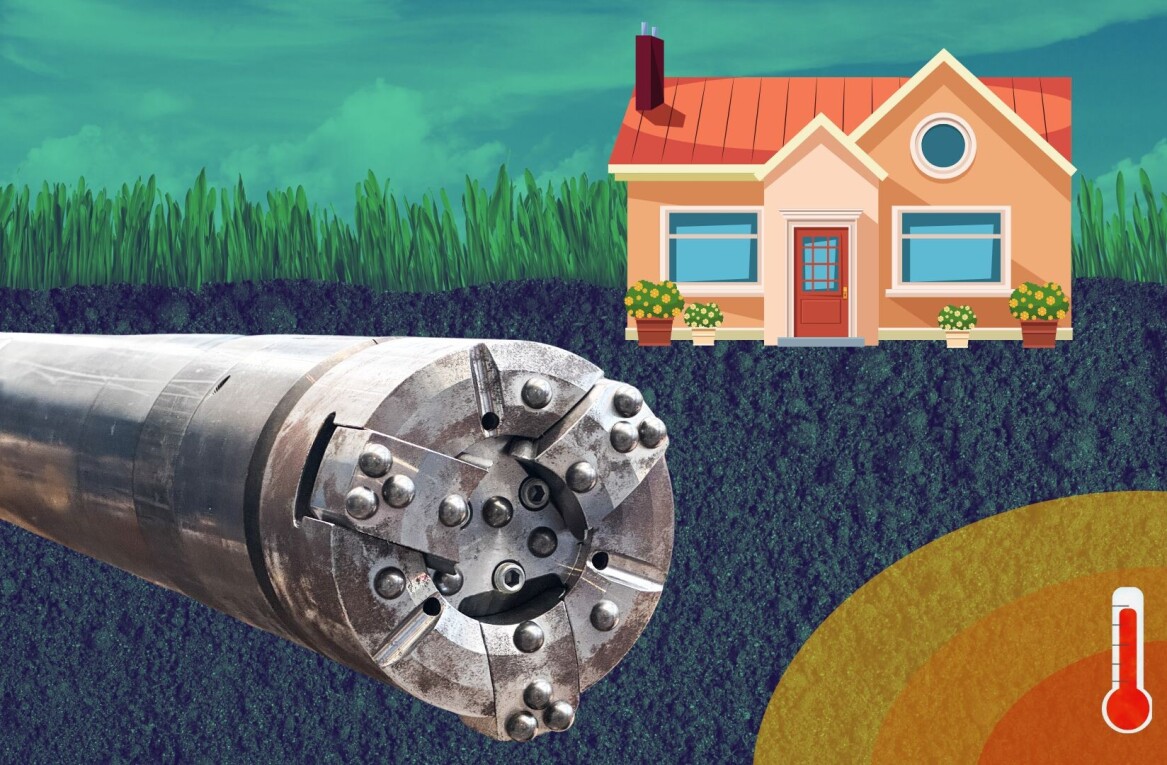
After months of hard work spearheading a total transformation of my company’s website, and what I hoped would also be a transformation in conversions and sales, it was February 2017 when I sat down in front of my laptop and realized that somewhere, we had made a huge mistake.
The previous company I co-founded with Amit Bareket, SaferVPN, had recently brought together the whole team and invested a significant amount to create our new website. This was intentionally on the heels of App Store approval, but more specifically Apple’s approval of our company’s more unique security features.
In the end, the fact that our product was superior wouldn’t matter much. A transformation in sales did come to pass, just as I hoped for, but not in the way I imagined…
The steep opportunity cost of $1 million in lost sales and ignored leads were the result of our efforts, and it was also a slow and painful lesson on preparation and organization that we quickly and repeatedly implemented since then.
While we stumbled initially, after we got back on our feet we were justified with a rise in organic traffic that wouldn’t have been possible before. But for a few fleeting moments, as I stared at that laptop screen nearly four years ago and struggled to understand why progress had slowed to a trickle, it seemed like our hastiness and ambition might have cost us everything.
The $1 million mistake could have been more expensive, but it also could have been avoided. Here’s how to see it coming, when it comes for you.
Ramping up for success
After three years of building it, SaferVPN was well-positioned for success by the fall of 2016. When the product – specially designed to protect users against online identity theft and public internet exposure started flying off App Store shelves – we knew we were on the right track for explosive growth. But in order to meet the demand we were generating, a new website was the highest priority.
The entire strategy of this project revolved around targeting new keywords on Google that were important to our company’s advancement. We hired new employees. We uploaded new resources. And we also made changes to the website’s stack, which was created by pure code.
At the same time, we were designing and writing 120 new pages for the website, forcing us to delegate extra time for maintenance, development, and updating.
The race for new customers was moving at a breakneck pace, and we were confident we could convert interested audiences with a fresh new site that was built from the ground up.
Within a single day, our team replaced all 120 webpages and our shiny site was live and ready to convert. The CTAs were convincing, the funnels were airtight, and the product was ready to deliver.
We avoided the messy, prolonged transitions that founders hate, and seemed on the path to success. I couldn’t have ever anticipated the situation I’d be in just a couple of months later.
A quick reckoning
There was nothing wrong with the site initially, and everything seemed to be chugging along well, but clues started to pile up. Our conversions were growing more slowly than expected, and problems with the pricing page keyed us into the idea that some potential customers might be flying under our radar.
Once Amit and I had a chance to assess our position and do a preliminary audit, it became clear the launch of the new site wasn’t orchestrated to the level required, with problems like missing elements in the pricing page, and bugs with certain browsers going untested, resulting in a loss of conversions and revenue.
Our biggest mistake, simply, was that we didn’t catch that the purchase process wasn’t quality assured from every angle at stage one.
The technical issue was that the site was not working on all operating systems and browsers equally, and because we had neglected simple checks, only 20% of traffic was getting through the funnel as intended.
Another miscue we discovered related to our infrastructure. When we were launching SaferVPN we wanted to do it quickly, and a PHP stack was the fastest way with a legacy system.
We didn’t want to put the website on a CMS or other advanced technology because we would have to surrender some control, which we weren’t ready to do at the time. Now that we look back, that urge to exert total control over the entire spectrum of corporate resources was a huge mistake.
Even though we pursued proprietary and in-house solutions several years later with great success, in these early stages we were essentially building on an untested foundation that couldn’t support agility, efficiency, or easy maintenance.
Before the new site launched, we were averaging 80-100 new customers per day. That proved unsustainable after our poor launch, and the recovery and eclipse of our initial conversion benchmarks took longer than we thought we’d be able to remain in business.
A brutal eight long months of fixing pages, processes, and confidence in order to realize the more than 400% organic growth we can now claim.
A not quite obituary
To regain that traction and climb out from the crater we had created after our massive site hit Google like some digital asteroid, we had to make an extreme effort to implement processes that should have been there months ago, like proper QA, deliberate and careful installation of new website pages, and the implementation of a CMS. And all of this had to be done alongside everything else we had to deal with on normal business days.
Thankfully, we can say that we survived this period where our sales funnel was literally decimated, repaid our tech debt, and climbed out stronger than ever.
This year we launched our very own internal CMS, which has allowed my current company, Perimeter 81, to accelerate the delivery of pages, reduce the load on the dev team, and give the marketing team impressive new capabilities for directly driving success.
We also hired a QA team and we don’t launch any pages without the proper QA review. This has allowed us to pivot around our original mistake and has resulted in larger projects succeeding at scale.
By their nature, startups are able to move fast. That, however, doesn’t mean they always should. It can be tempting to move quickly in the race for revenue. We learned that when you want to build something great, you must start with a great blueprint — a blueprint that you continually examine and adjust as it comes to life.
The lesson learned for founders is something that seems obvious on the surface but can be difficult to avoid in practice. Do things gradually, build from an organized place, and know that every interaction and intention present across your product has the ability to make or break the customer experience, from website to platform, payments to UTMs.
Advice to be first to the App Store or to beta test your product “live” in the marketplace is true to some extent, but clichés lack practicality, and we learned this the hard way.
Get the TNW newsletter
Get the most important tech news in your inbox each week.





